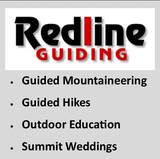THE BASICS Water is (almost) everything Dehydration on a hot day can result in debilitating heat exhaustion or life-threatening heat stroke. If you don’t have a cast-iron gut like me (I frequently drink untreated mountain stream water), either bring plenty of water with you and/or bring a means of purifying wild water. Unfortunately, “plenty” is relative to your individual physiology and physical conditioning, the environmental conditions you’re hiking in (shade/full sun, temperature, wind, humidity), your level of activity, what you consumed prior to and during hiking, and the distance and elevation gain you are hiking.
It’s not just water, it’s electrolytes: When you exert yourself, especially on humid days, you sweat out important nutrients (especially sodium and potassium) that balance the chemistry of your body. If that chemistry is out of balance, you can “bonk”, i.e. lose energy rapidly, become nauseous, experience painful muscle cramps, or collapse. Electrolyte imbalance can exacerbate conditions that lead to heat exhaustion and heat stroke. To compensate for electrolyte loss, practice nutritional eating habits (especially in advance of your hike) and bring balanced food with you and/or bring electrolyte supplements. Natural foods that are good for electrolyte balancing include dairy products (including cheese, yogurt, and powdered milk), coconut water, pomegranate juice, watermelon, avocado, spinach, and bananas. Manufactured electrolyte supplements come in a variety of forms including pre-mixed drinks (like Gatorade), tablets to mix with water, “goo” or gel form supplements, and certain brands of energy bars. In the summer I always carry emergency electrolyte tablets in my 1st aide kit and I usually eat a couple bananas as part of my pre-hike breakfast. Some people pre-treat their to-go water with electrolytes. You can even freeze a liter of juice and or electrolyte water mixes the night before and enjoy a cool drink along the trail. If you are carrying a sleeping bag with you, you can wrap a pint or quart of ice cream in the bag, which will insulate it from melting for hours even on really hot days, and enjoy a cold and electrolyte-rich ice cream lunch.
Hats with broad brims offer the best head protection but even a baseball cap will offer some sun protection. During your hike you can cool yourself by dipping your hat, bandana, shirt, or small pack towel in a creek and letting the water run over you, or plunge right in and take a dip—your clothing will likely dry off quickly on a hot day, but you could also take along a spare pair of shorts and a small pack towel. When resting, take your boots and socks off and let your feet cool (this will help reduce friction blistering, which is exacerbated by hot boots). For this reason, trail runners are often a better option than thick hiking boots on hot days. Lastly, remember sunglasses because. . . The devil is in the sun. If your route involves moderate to significant sun exposure (i.e. not just hiking heavily forested trails), bring sunscreen with a high SPF level (50+). If you do get sunburn, you’ll want to protect your skin from further damage; in such cases it’s wise to have brought a lightweight long sleeve shirt with you or an ultralight windbreaker. This can be helpful when your burnt skin—now less able to thermoregulate your body temperature—results in you getting a chill rapidly when temperatures drop later in the day (it’s even possible to become hypothermic by way of sunburn). Be aware that sunburn can contribute to heat exhaustion and heat stroke (as well as increasing your risk of developing skin cancer) by direct heating and by reducing your skin’s ability to thermoregulate. Understand the symptoms of dehydration and act to remedy it immediately. Quench your thirst when you feel thirsty. Eat when you feel hungry. Stop and rest (preferably in the shade or in a breezy area) when you feel tired. Don’t wait until you’re exhausted. Examine your urine when you pee: dark yellow urine is a sign of dehydration; whitish urine is a sign of good hydration. Intentionally slowing your pace and resting more frequently can help reduce overheating and dehydration, too. Understand the symptoms of heat exhaustion and heat stroke (follow the link for the full run-down). In a nutshell, heat exhaustion begins to develop when you’re moderately dehydrated, with or without an electrolyte imbalance. It is characterized by moist skin (often described as clammy or cool, but not always so if someone has been exerting themselves), exhaustion, and can include dizziness, muscle cramping ("heat cramps") and nausea. Heat exhaustion is treatable by getting yourself in the shade and/or cooling yourself in a brook, drinking and eating to replenish lost water and nutrients, and resting. If left untreated, heat exhaustion can lead to heat stroke—a life threatening and harder to treat condition. Heat stroke is characterized by extreme exhaustion or collapse, hot, dry skin with elevated body temperature, and impaired mental status—those suffering from heat stroke may not be aware of their danger. Unless treated it leads to loss of consciousness, organ failure, and death. People with heat exhaustion will usually need help—get them out of the heat, cool them off with water or wetted clothing, and if they are conscious and can tolerate it, feed them fluids and food—then help them find the shortest way out of the woods. This may require rescue services. Recovery times can be long and permanent organ damage is possible. If you are doing all of the things you need to do to remain cool(er) and hydrated but you still feel unusually fatigued, consider shortening your hike or turning back. PREPARATION MATTERS
DESTINATION AND TIMING In addition to preparing with appropriate gear and self-care, you can also make your hot weather hike more enjoyable by tweaking your itinerary and the timing of your hike. Time of day, season, and weather: Hot spring days can often be harder to bear than hot summer days because of the lack of leaves on deciduous trees and the fact that your skin and body aren't yet accustomed to full-on heat after all that winter hiking—don’t underestimate the difficulty of hot spring weather hiking. On hot days either in spring or summer, it makes sense to start hiking earlier in order to get some miles under your belt before the sun heats up the air. Alternately, you can start hiking later in the morning and enjoy the early evening cool-off along your descent—but keep in mind that (if weather conditions are otherwise constant) early morning temperatures are typically going to be cooler than early evening temperatures. Take advantage of rain forecasts: predictions of light rain on really hot days can be excellent conditions to hike in as long as you don’t mind getting a little wet, but keep in mind that warm rain at low elevations can turn into cold, hypothermia-inducing rain at higher elevations. During the hot summer days of my 1994 Appalachian Trail through-hike I often hiked in the rain in a T-shirt without a rain jacket; this practice not only cooled me off fast it also kept my rain jacket dry for use later in the day and helped wash some of the sweaty crud out of my shirt.
Even lower elevation mountains can offer cooling breezes: on summer days rising hot air in valleys can cause strong updrafts of cooling wind on exposed areas of higher ground, especially around cliff faces. In the northeast, the prevailing natural wind is often from the west or southwest on sunny days, so hiking the western side of the mountain may be windier and more cooling than hiking the eastern side. Keep the sun in mind, though: exposure above treeline may increase the risk of sunburn. Deep, wooded stream valleys are often cooler on average than ridges or flats, and can offer the added pleasure of a dunk in a creek. As a rule, the northerly slopes of mountains are going to be cooler because they have less sun exposure, ridge tops are going to be warmer (but windier if they’re exposed), and oak or pine dominant woods are going to be warmer than maple, birch, or boreal spruce-fir forests. The relative warmth of these forest types also mirrors how soon brooks will dry out in summer. Open fields and meadows are among the hottest landscapes in the summer while areas with significant boulder fields will trap cool air and may even hold ice into the summer; these places can provide drafts of natural air conditioning (some famous examples include places like New Hampshire’s Ice Gulch, Devil’s Hopyard, and Subway in King Ravine, Vermont’s White Rocks Ice Beds and Smuggler’s Notch, and Maine’s Mahoosic Notch, among others). Planning hikes that place a good swimming hole near the end of the hike can be both pleasurable and advantageous; on really hot days plan hikes with swimming holes at several points along the route. By choosing appropriate destinations and routes, and timing your hike with daily heating/ cooling cycles, you can often craft a hike that maximizes comfort on a hot day. For instance, starting early up a wooded ridgeline or warm side of the mountain in the morning (which would be hot in the afternoon), then traversing an open windy ridge mid-day, and finally descending along a cool mountain stream in a forested ravine in the afternoon is an excellent itinerary to beat the heat.
0 Comments
Leave a Reply. |
TOPICS
All
Humor (The Parsnip)

|
Proudly powered by Weebly
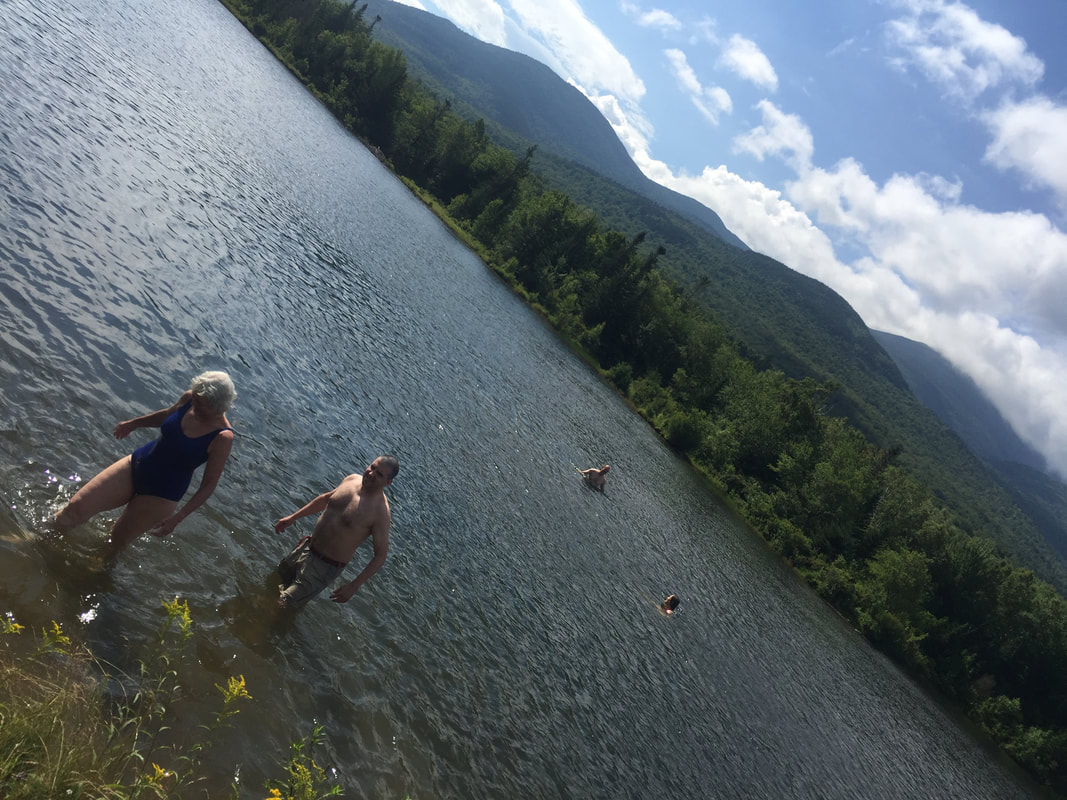
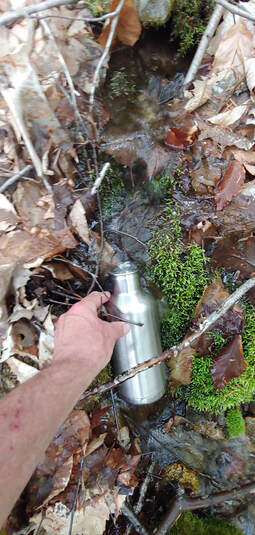
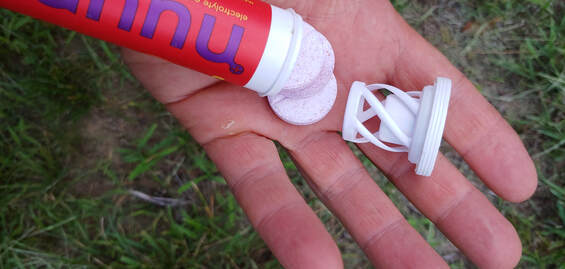
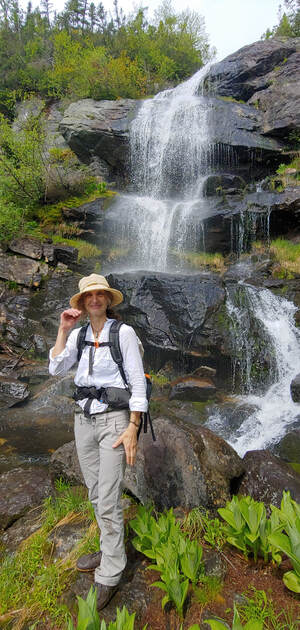
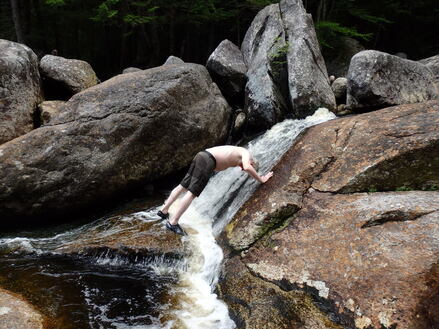
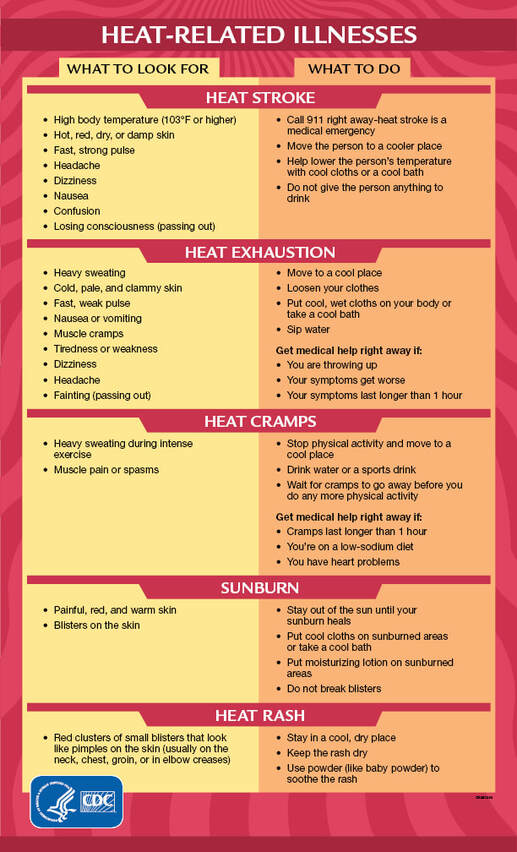
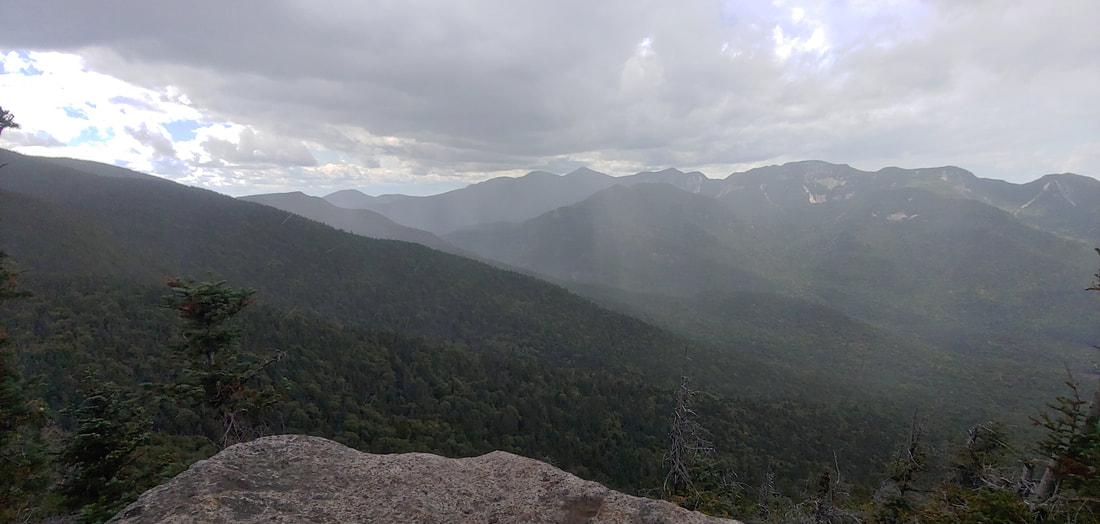
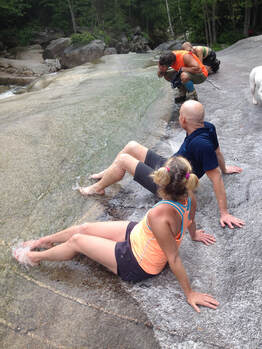
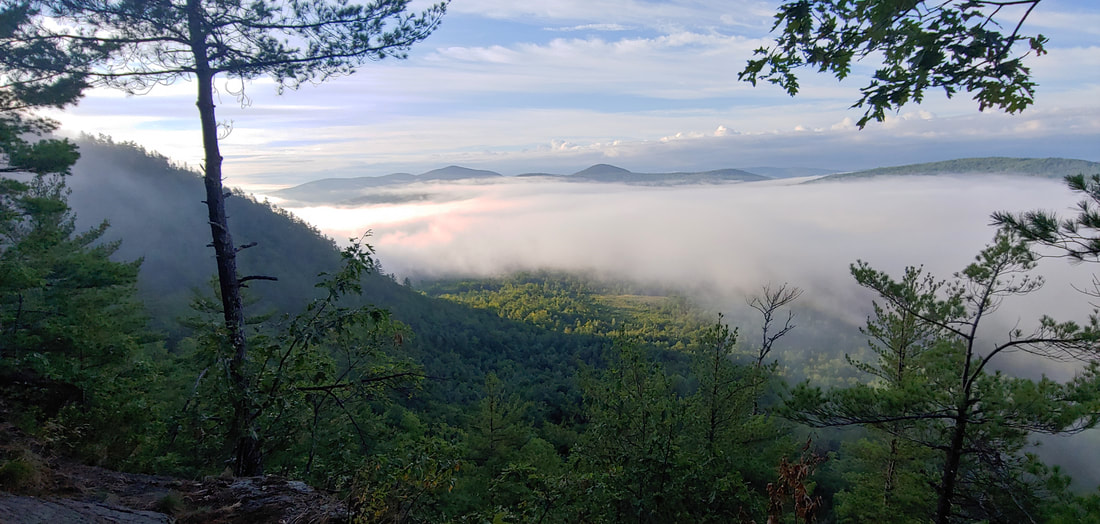
 RSS Feed
RSS Feed
